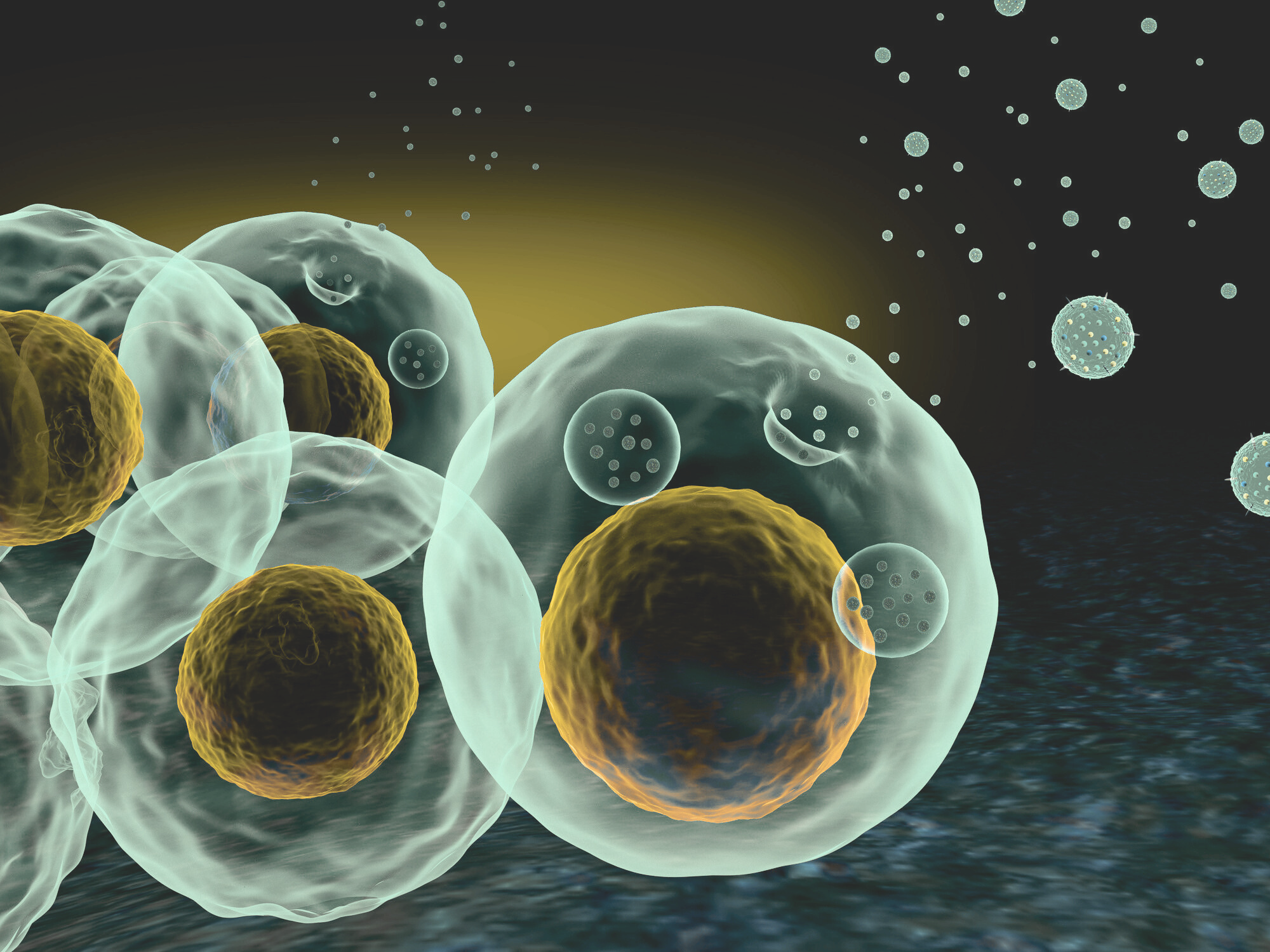This is a moment in skin care where the marketing of exosomes is miles ahead of the science. It is not an unusual moment, and that is why we have an FDA to regulate the new advances to keep people from getting hurt or misled. Let's dive-in to what we know thus far:
What are exosomes?
Exosomes are a fairly new discovery. Exosomes start as membrane bound vesicles inside stem cells. Stem cells have been in skin care for some time now. Research shows us that exosomes are probably the main communication tool that one cell uses to communicate with other cells both locally and at great distances. Once an exosome is in the blood, it can travel throughout the blood stream and find a target in a distant organ. Exosomes can contain proteins, micro-RNA pieces and DNA, so a living human cell can incorporate any number of biological molecules via the exosome pathway and they have the potential to regenerate the many components of our skin.

Are all exosomes created equal?
When you see the word ‘stem cell’ in skin care, it may be referring to plant-based stem cells. Plant stem cells produce exosomes like human stem cells. There is very little regulation from obtaining stem cells from plant material, but why would you use a stem cell from a plant? A plant is a living tissue that grows and the stem cells from the plants are using some of the same biological pathways human cells use to stimulate growth and rejuvenation.
Exosomes can also be isolated from human sources called Mesenchymal Stem Cells (MSC). The most common are extracted from:
- Wharton’s Jelly (umbilical cord)
- Amniotic Fluid
- Bone Marrow
- Adipose (fat)
Ideally, you would not want to specifically use bone marrow and adipose stem cells for skin rejuvenation because their purposes are not parallel. We acknowledge that there might be some cross over benefits from a bone or fat stem cell but that would most likely be due to a serendipity effect because those stem cells specifically have one job to do and that is to replace bone marrow and fat.
Recent research indicates that the most reliable and safest source of stem cells and exosomes for skin care are Mesenchymal Stem Cells extracted from Wharton’s jelly, from donors who have been prescreened for all physical and mental diseases. Wharton’s jelly is the gold standard for harvesting exosomes. Donors should be properly screened for all diseases both physical and mental at the time of birth and collected in a sterile and accredited hospital environment.

MSC from Wharton’s Jelly: the ideal source
Why would you want exosomes from Wharton's jelly instead of other sources?
The stem cells from Wharton’s jelly are harvested from day zero of human life. There is no wear and tear on the cells, no environmental exposure to outside toxins, and they are extracted from a sterile source in a hospital environment. Exosomes from Wharton’s jelly are pure and have one purpose: to support an organism whose only business is to grow and differentiate. These exosomes and stem cells are derived from an umbilical cord, and they are more specifically focused on the business of cellular proliferation, regeneration and growth.
Keep checking our site as we explore more on exosomes, FDA compliance and the only MSC exosomes legally permitted to be sold for research, investigation and clinical testing.
Key Takeaway
Research on exosomes in skin care is still in its infancy. Please do your due diligence when considering an exosome treatment, particularly on open skin.

